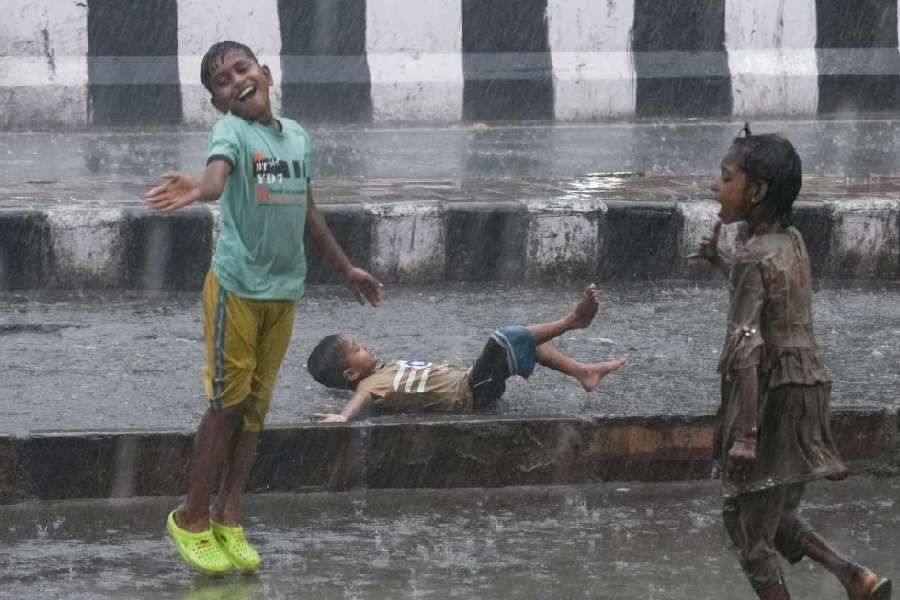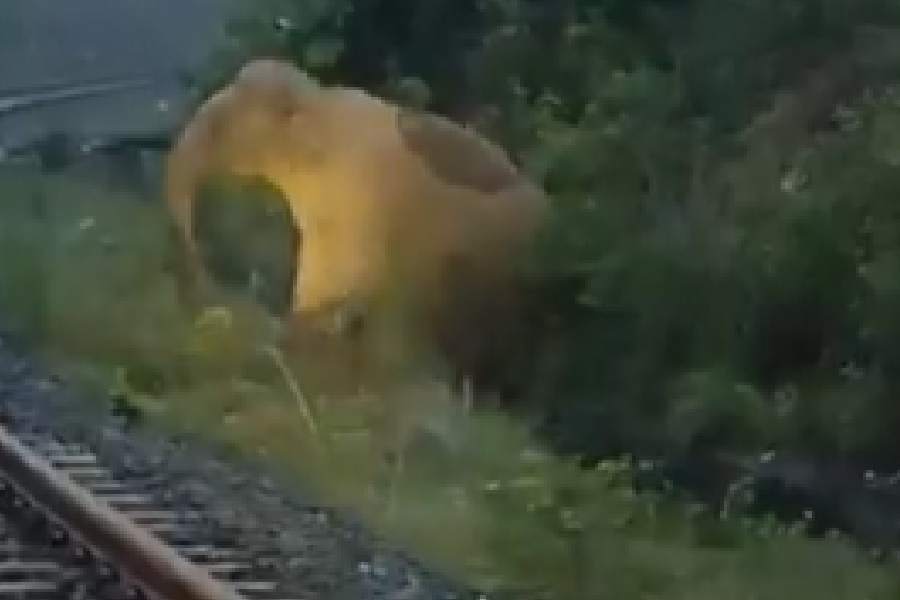 |
| Edmund Hillary at Khumjung School a few years before he died |
On May 28, 1953, two men set up Camp Nine at 27,900ft on the south-east ridge of Everest. Tenzing Norgay, a Sherpa from Thami near Namche Bazar, had attempted Everest six times and failed. Edmund Hillary, a bee-keeper from New Zealand, was on the mountain for the second time.
The British had attempted Everest eight times since 1921. And in the year of the coronation of Queen Elizabeth II, it was imperative that they succeed. The morning dawned clear and still as Tenzing pointed out the tiny dot of Thyangboche Monastery, 16,000ft below, where the Rimpoche had prayed for the safe return of the team. The climbers started out at 6.30am and at 11.30am on May 29, 1953, history was made as the two men stood on the summit of Everest.
The first ascent of Everest was followed by three decades of successful high-altitude mountaineering in the Himalayas. The major peaks fell one by one and climbers turned their attention on new routes and unclimbed walls. On Everest itself, in 1963, an American team led by Willi Unsoeld and Tom Hornbein summitted the peak by the west ridge.
In 1975, a British team led by Chris Bonington laid siege to the south-west face of Everest. In 1978, Messner and Habeler accomplished the first ascent without oxygen and in 1980 Messner set a new benchmark by making a solo ascent of the mountain from the north side. In 1983 an American team climbed the avalanche-ravaged Kangshung Face, one of the last great challenges of Everest. And by the early Nineties, the stage was set for the first guided climbs on the mountain.
 |
| Mount Everest as seen from near the fifth lake of Gokyo in the Khumbu region |
May 2013 marks 60 years of the first ascent of Everest and it is interesting to see how the mountain has become a playground for guided expeditions, with clients paying upto $60,000 and more to stand on the highest point on this planet. This year, there are at least 14 guided teams from the south side and five teams from the north side attempting the mountain. Adventure Consultants, Jagged Globe, Berg Adventures, Alpine Ascents and many other companies are back with their clients to fulfill the ultimate dream.
But there are many changes since the days of Hillary and Tenzing. The South Col route climbed in 1953 is now disdainfully referred to as the “yak trail”. The dangerous icefall below Western Cwm is maintained by a team of Sherpas, led by a senior “Icefall Doctor”. In order to make it possible for inexperienced clients to summit Everest, the entire mountain has fixed rope from bottom to top.
And human traffic jams are the order of the day. In May 2012, German climber Ralf Dujmovits published a photograph that went viral on the Internet showing a long line of climbers stuck on Lhotse Face.
In the quest to reach the summit at all costs “turnaround times” as set by the guides are largely ignored, resulting in a number of fatalities. In 1996, 12 climbers died on the mountain, eight on a single day. Again in 2006, on the north side 11 climbers lost their lives and in 2012, which was possibly one of the worst seasons on Everest, 10 climbers died.
In the midst of these guided expeditions are the record-breaking climbers. The youngest climber, the oldest climber, the fastest ascent from base camp to summit are some of the records that are made and broken on Everest every year. This year 80-year-old Yuichiro Muira from Japan, who has climbed the mountain twice, aims at becoming the oldest man to summit Everest.
Most expeditions set up large communication tents at base camp with laptops, video and sound equipment connected to the climbers. Daily news bulletins, photographs and video are uploaded onto Internet sites, Facebook pages and news channels. On summit day, trekkers and climbers ascent a spur on neighbouring Pumori, from where the route to the summit is visible, and track the climbers using telescopes and high-powered telephoto lenses.
In the 1996 disaster, leading guide Rob Hall was benighted near the summit with his client Doug Hansen. Hall would not abandon Hansen and remained with him as a fierce storm raged. Base camp was able to connect Hall to his pregnant wife in New Zealand. “Sleep well, my sweetheart, please don’t worry too much,” said Hall, as the world watched the disaster unfold. Hall’s body was found in an ice hollow.
The guided expedition has led to the creation of a new breed of climbers for whom reaching the summit is the ultimate goal. Camaraderie, fair play, rescue of fellow climbers — once the very backbone of mountaineering — have been consigned to the back burner. In 2006, David Sharp, a British climber, lay below First Step on the north side of Everest, frostbitten and unable to move. More than 40 climbers passed him by, many even spoke to him, but none was able to help him. Sharp died that night.
Most Everest experts agree that a rescue above the “death zone” is an immensely difficult proposition and beyond the ability of “guided clients”, most of whom are struggling to stay alive themselves!
Some of the daring rescues carried out on the mountain during the guided era are worth recounting. In 1996, Beck Weathers, part of the Mountain Madness team led by Scott Fischer, was left for dead on South Col. But Beck survived and staggered into camp the next morning. From South Col, Beck was helped down to Western Cwm, where at an altitude of around 20,000ft, Captain Madan Chhetri evacuated him to a hospital in Kathmandu without landing the helicopter!
The numerous expeditions to Everest year after year has taken its toll on the mountain and its environs. Everest is now referred to as the “highest junkyard in the world”. In the spring of 2011, eight tonnes of trash was brought off the mountain by the Saving Mount Everest Clean-Up expedition. Efforts are underway to remove more every year.
The commercialisation of Everest has led to a number of bestselling books on the triumph and tragedy that is played out at these altitudes. Jon Krakauer’s Into Thin Air has sold more than 3 million copies. For the dark side of an Everest climb, Dark Summit by Nick Heil and High Crimes by Michael Kodas are worth a read.
But as the 2013 expeditions get ready for their summit attempts, the words of Everest pioneer Eric Shipton come to mind: “No, it is not remarkable that Everest did not yield to the first few attempts; indeed, it would have been very surprising and not a little sad if it had, for that is not the way of great mountains. Perhaps we had become a little arrogant with our fine new technique of ice-claw and rubber slipper, our age of easy mechanical conquest. We had forgotten that the mountain still holds the master card, that it will grant success only in its own good time. Why else does mountaineering retain its deep fascination?”
Sujoy Das is a Calcutta-based trekker and photographer











